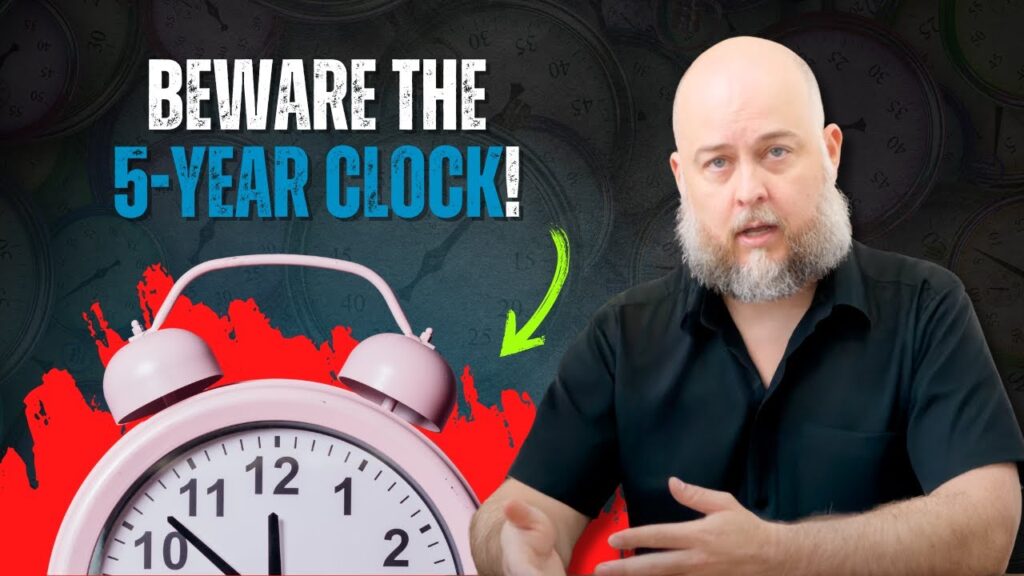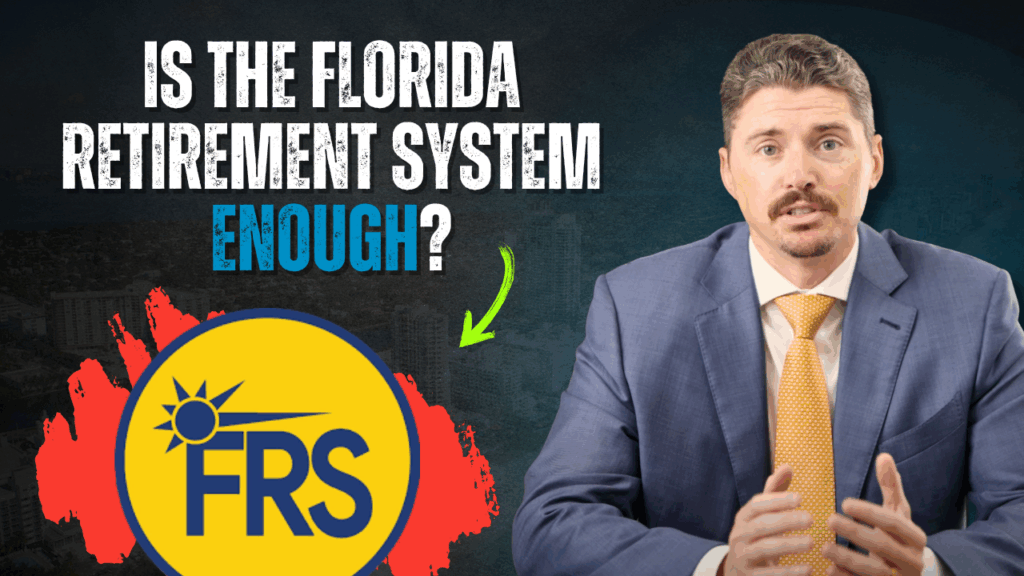Inflation Stabilizes
In October, inflation rose slightly, with the consumer price index (CPI) increasing by 0.2% monthly and reaching 2.6% annually, both aligning with expectations. Core CPI, excluding food and energy, grew by 0.3% monthly and 3.3% annually, while shelter costs, responsible for more than half the overall CPI increase, saw a significant rise of 0.4% in October and 4.9% year-over-year. Market reactions included higher stock futures and lower Treasury yields, as traders raised expectations for a Federal Reserve rate cut in December. However, uncertainties surrounding potential tariffs and fiscal policies under President-elect Trump have tempered expectations for further aggressive Fed rate cuts through 2025.
Wholesale Prices Increase Modestly
Wholesale prices rose 0.2% in October, in line with expectations, bringing the annual producer price index (PPI) to 2.4%, with core PPI excluding food and energy up 0.3% monthly and 3.1% annually. The increase was driven primarily by services, particularly a 3.6% rise in portfolio management prices, while food and energy prices declined. Markets showed little reaction, though traders still anticipate a Federal Reserve interest rate cut in December. Separately, unemployment claims fell, with initial filings at 217,000 and continuing claims dropping to 1.873 million, signaling a steady labor market.
Mortgage Rates Rise Post Election
Mortgage rates edged higher last week, with the average rate for 30-year fixed mortgages rising to 6.86%, as markets processed economic expectations under a Trump presidency and election-related volatility. Overall mortgage application volume was nearly flat, increasing by just 0.5%, marking the first rise in demand in seven weeks. Refinancing applications fell 2% to their lowest level since May but remained 43% higher than the same period last year, while purchase applications rose 2% for the week and 1% annually despite higher home prices and limited supply. FHA and VA-backed loan applications saw stronger activity, with FHA rates bucking the trend by declining slightly, helping some borrowers.

















